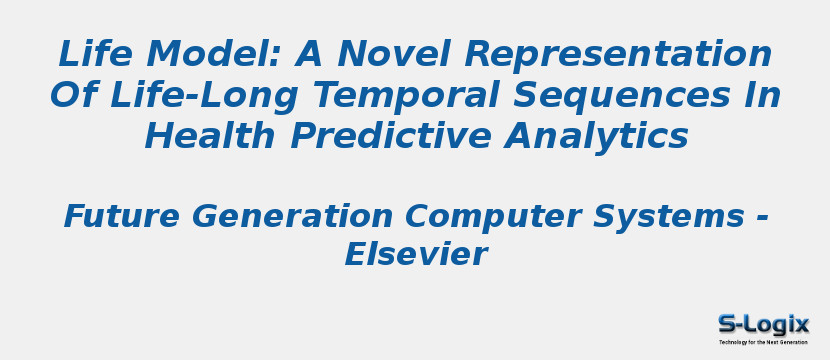Research Area: Machine Learning
Predictive analytics in healthcare can prevent patients emergency health conditions, and reduce costs in the long term. Moreover, accurate and timely anomaly predictions by focusing on recent events can save lives. In real-time IoT predictive analytics, modeling historical temporal health records with missing values in diagnosis prediction is a major challenge. Recent studies have started using deep learning and data abstraction techniques to model health data. However, it is difficult to train a model to predict anomalies based on temporal sparse data, especially to classify all disease diagnosis classes. Modeling a lifetime of an individuals medical history in a short, concise sequence is a challenge. Moreover, the model should be robust and preserve the concept of time for variety of examples despite the missing values; especially in an IoT system, in which real-time prediction depends on both recent data and historical records. The proposed solution in this research for modelingtemporal pattern sequences is called as Life Model (LM). LM provides a concise sequence to represent the history or future, using the novel intensity temporal sequence (ITS) tensors. LM algorithms and properties enable ITS tensors to train long short-term memory (LSTM) recurrent neural networks (RNN) efficiently in order to predict anomalies and diagnosis in real-time, even in the absence of some values. LM is used to predict mortality of 10,000 patients from MIMIC III dataset based on their diagnosis and procedures codes. The results show improvement in the model trained by LM-mapped data compared to fixed-sized intervals which achieved an accuracy of 99.6% with AUROC and brier score of 99.5% and of 0.00 respectively. In addition, the LM model can predict the approximate time of activities, with different granularity of seconds and up to years; tested on an activity dataset. Furthermore, a new LM-powered predictive health analytics and real-time monitoring schema (PHARMS) is proposed to enable design and implementation of predictive health analytic systems. PHARMS uses deep learning for real-time minimally-invasive intelligent activity monitoring and predictive analysis in a medical IoT scheme.
Keywords:
Author(s) Name: Alireza Manashty and Janet Light
Journal name: Future Generation Computer Systems
Conferrence name:
Publisher name: ELSEVIER
DOI: 10.1016/j.future.2018.09.033
Volume Information: Volume 92, March 2019, Pages 141-156
